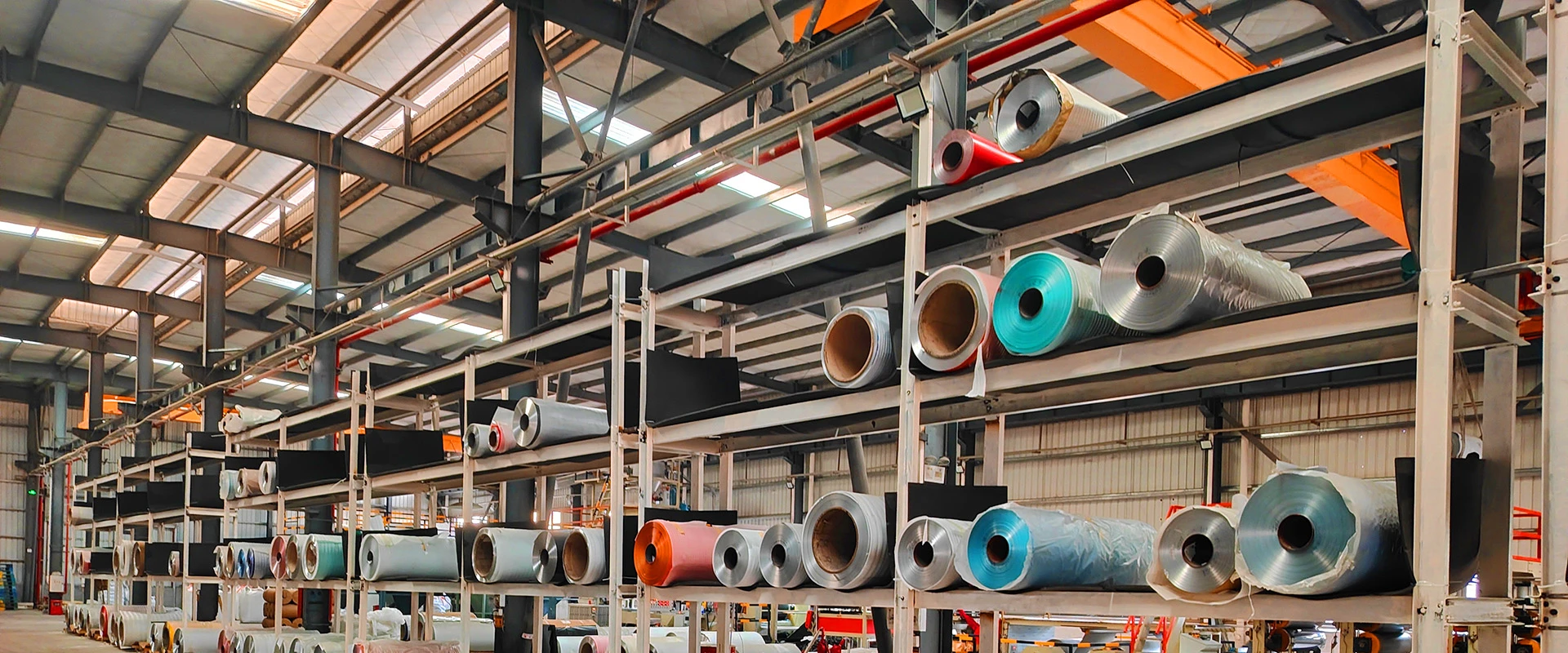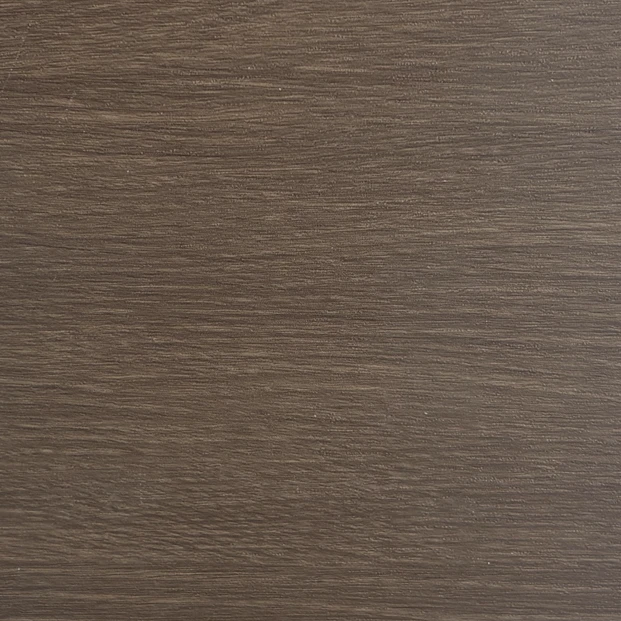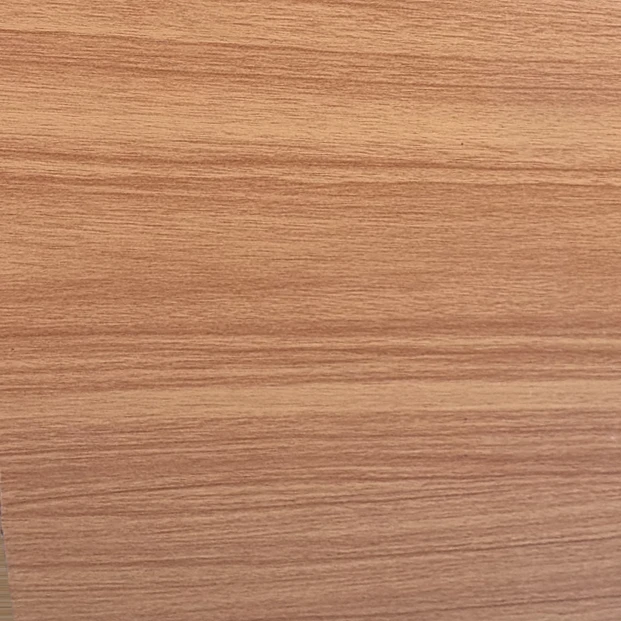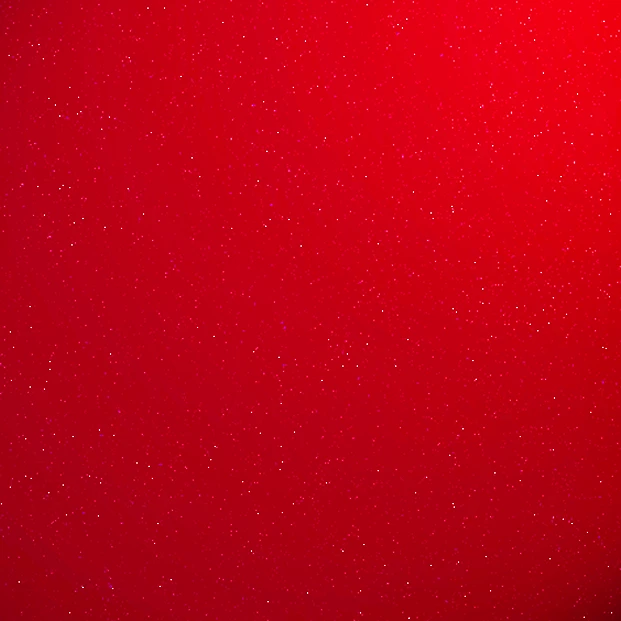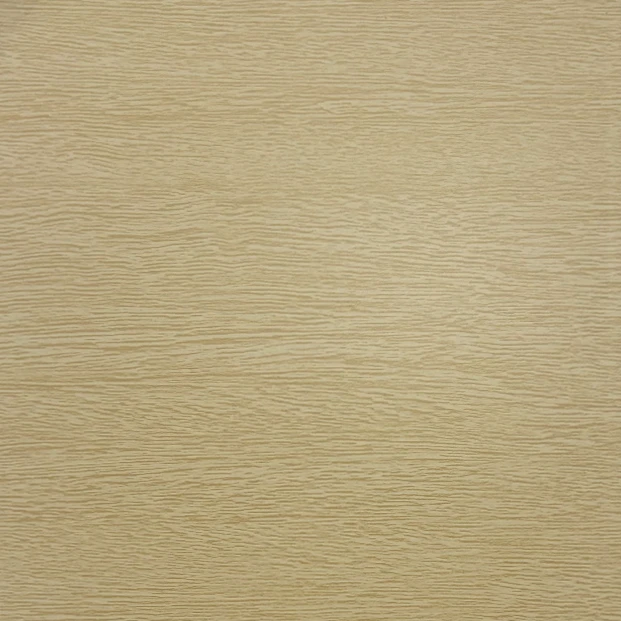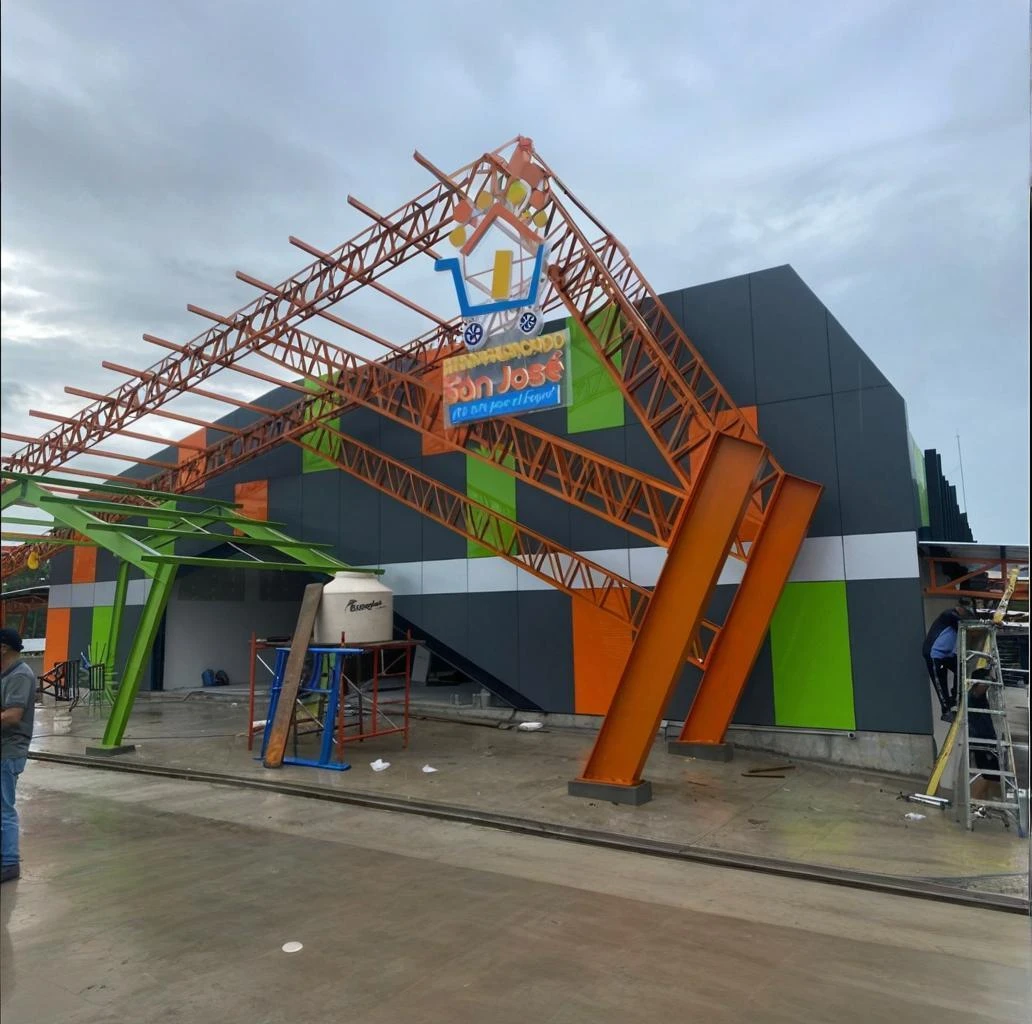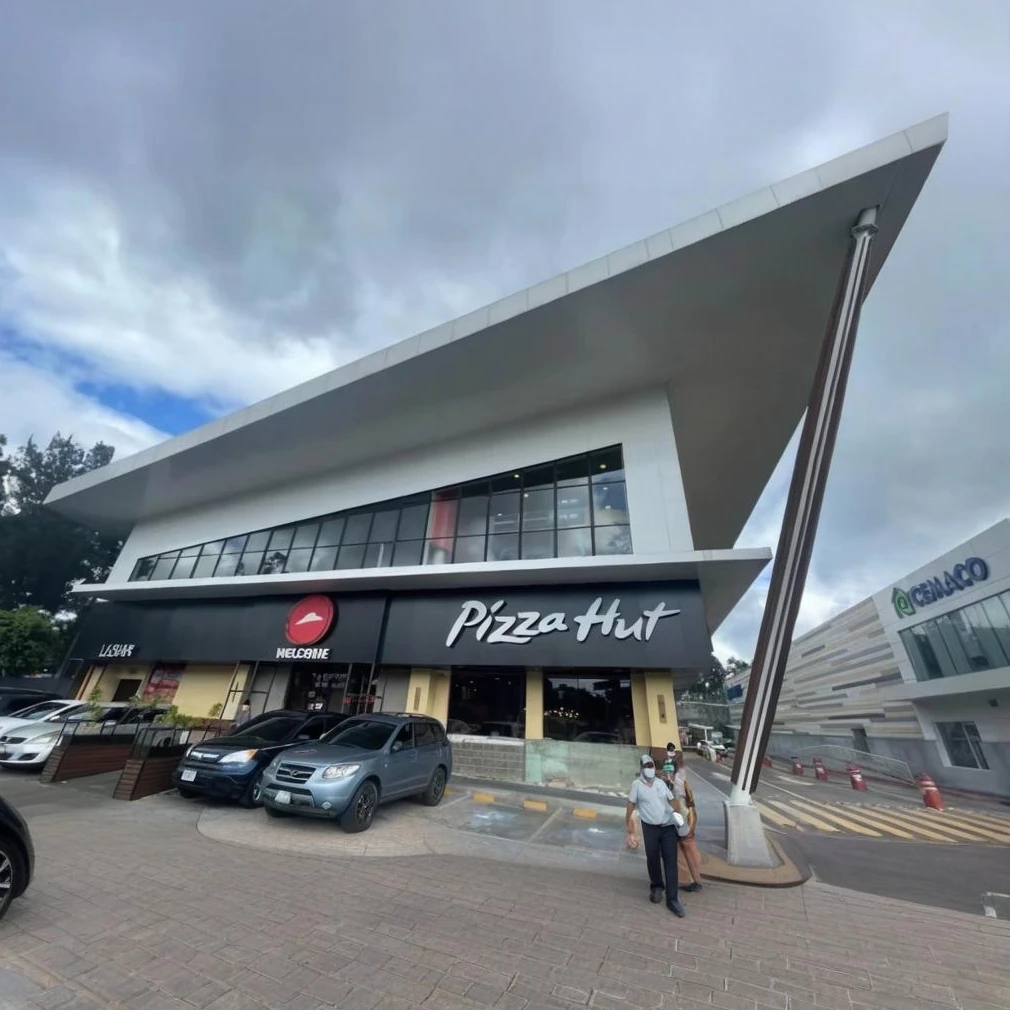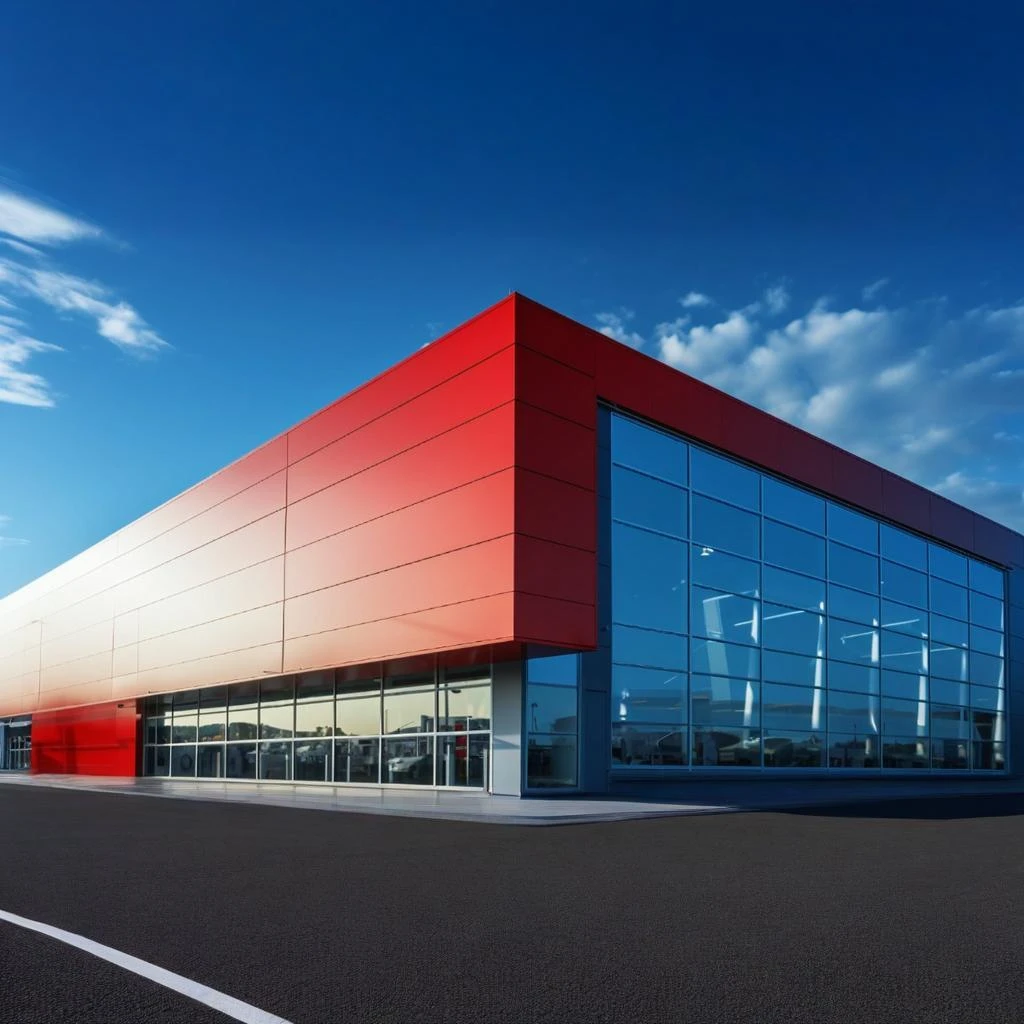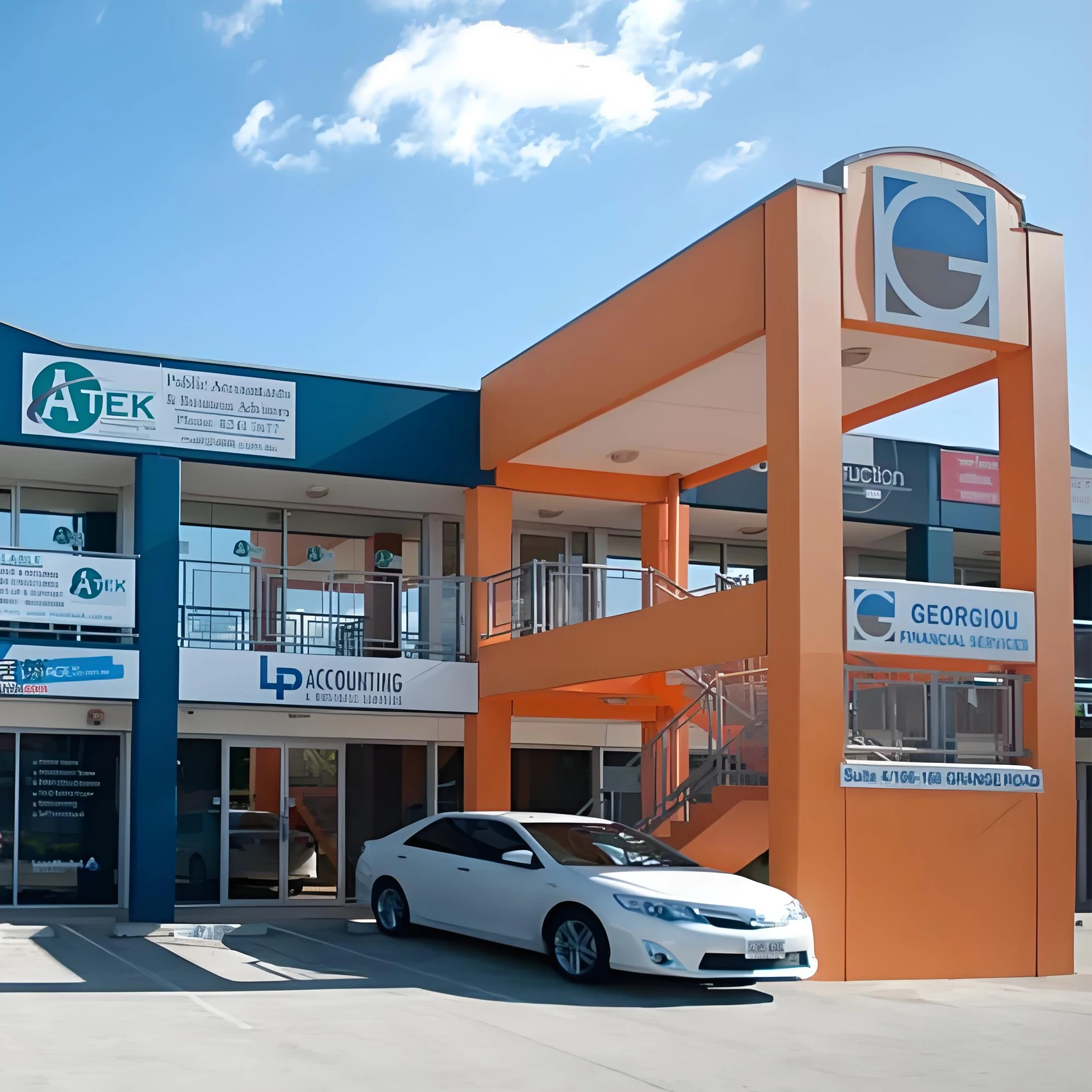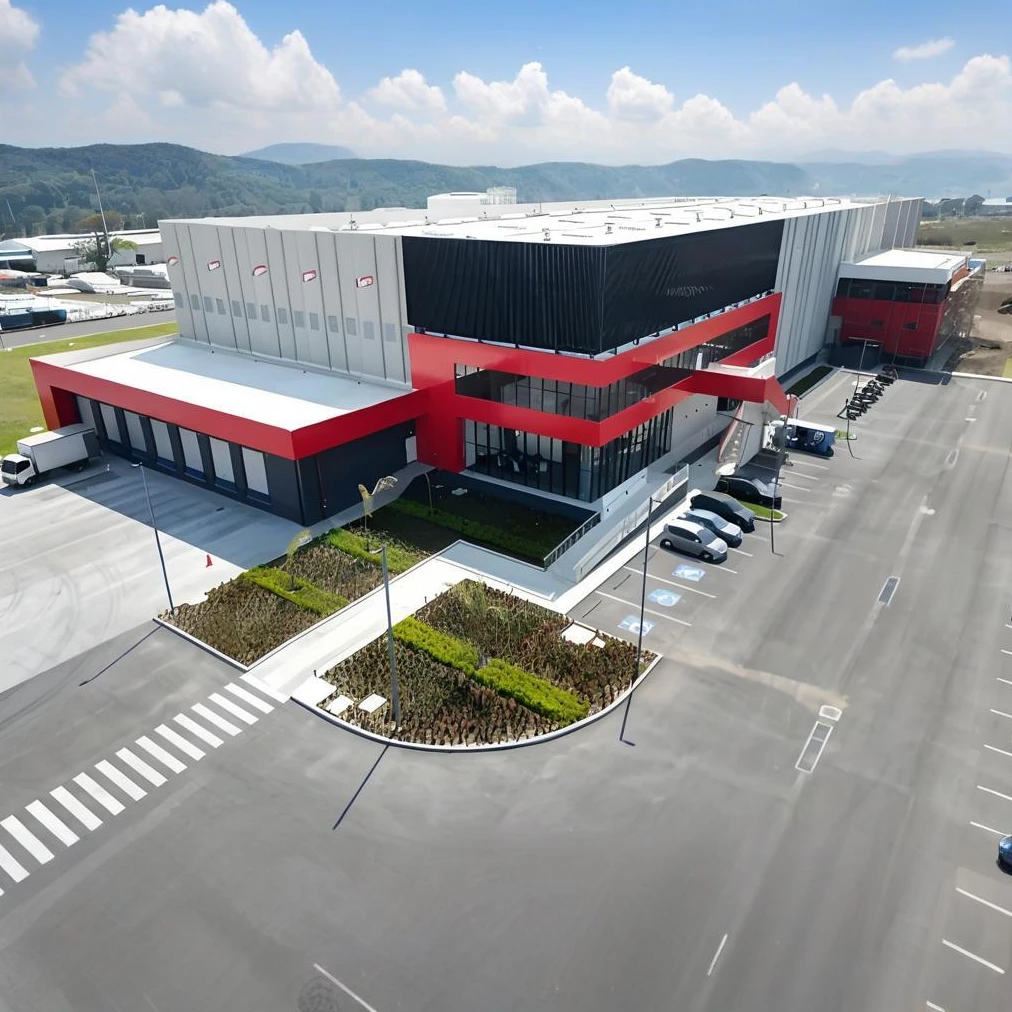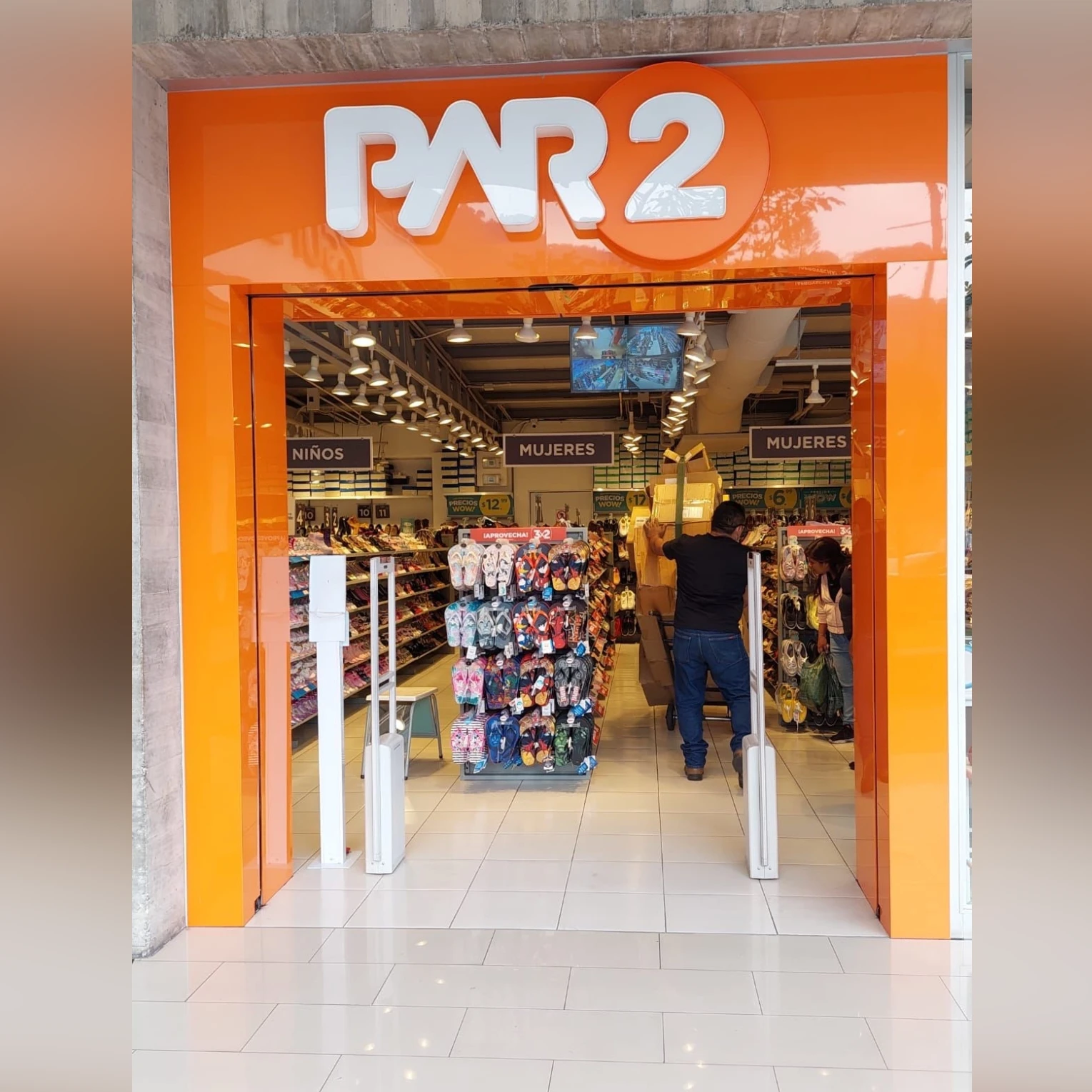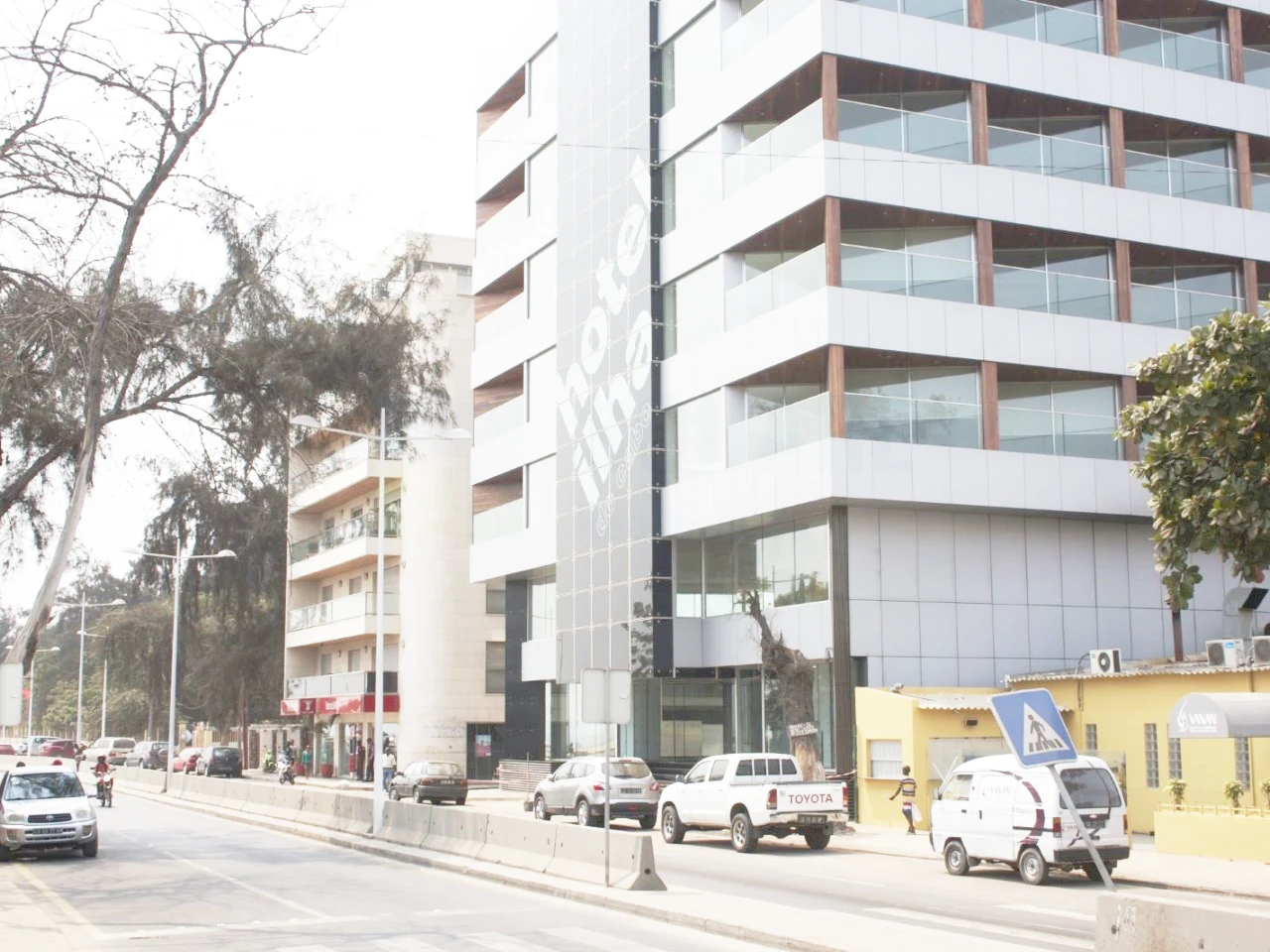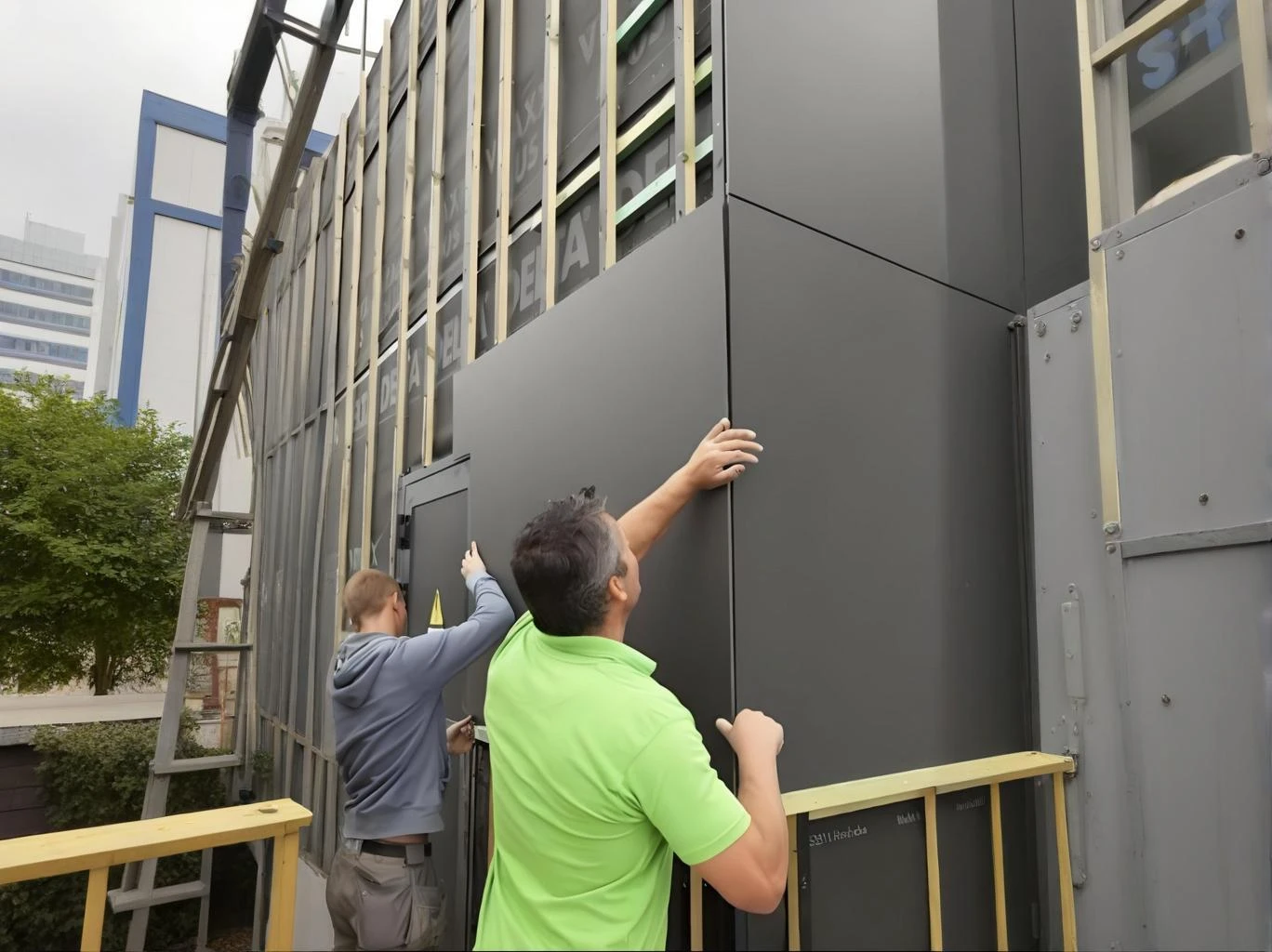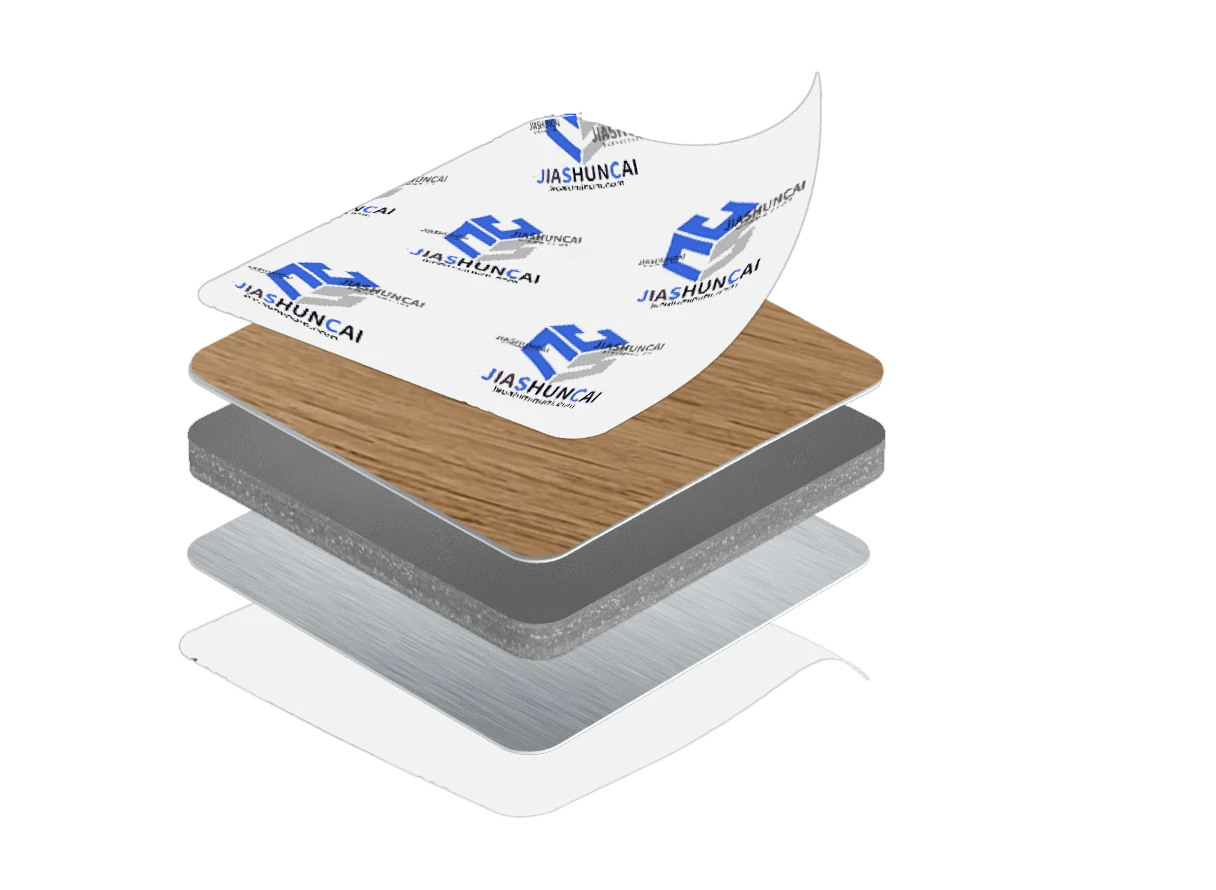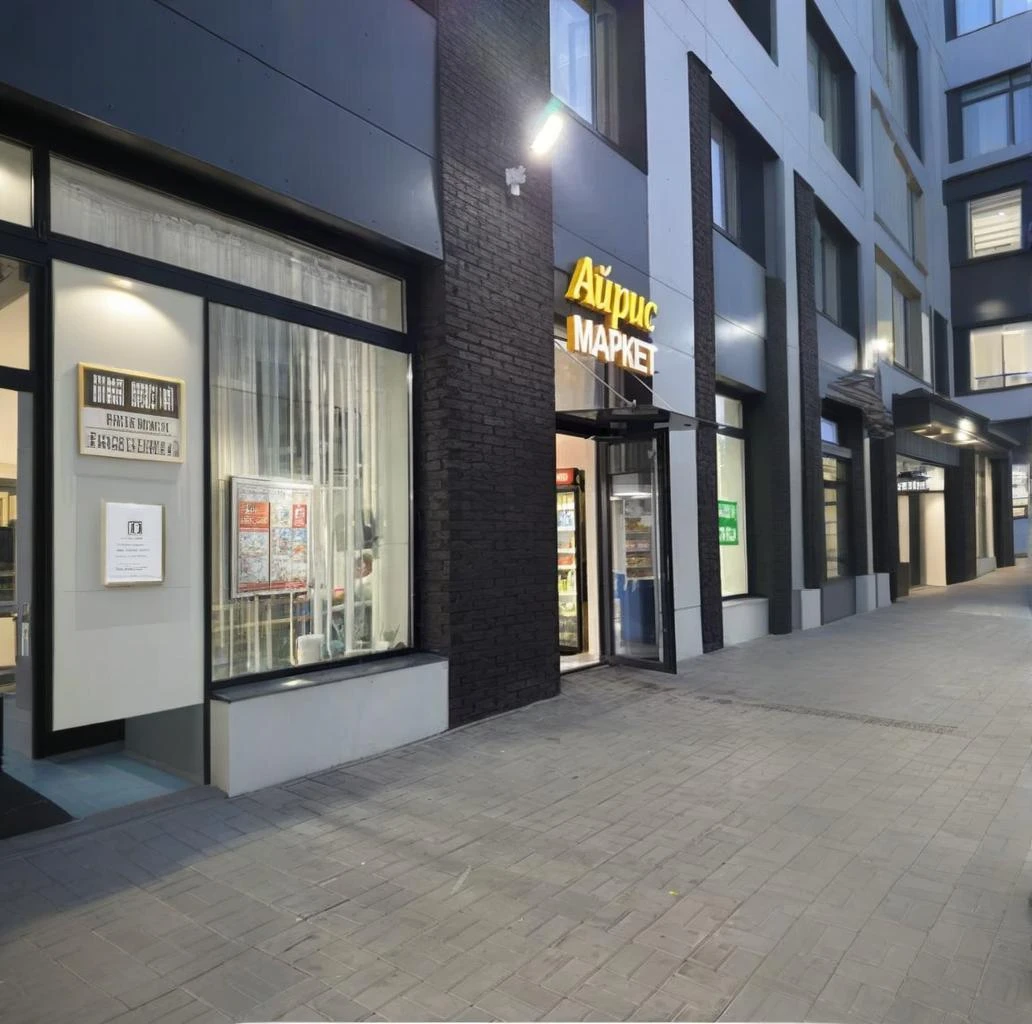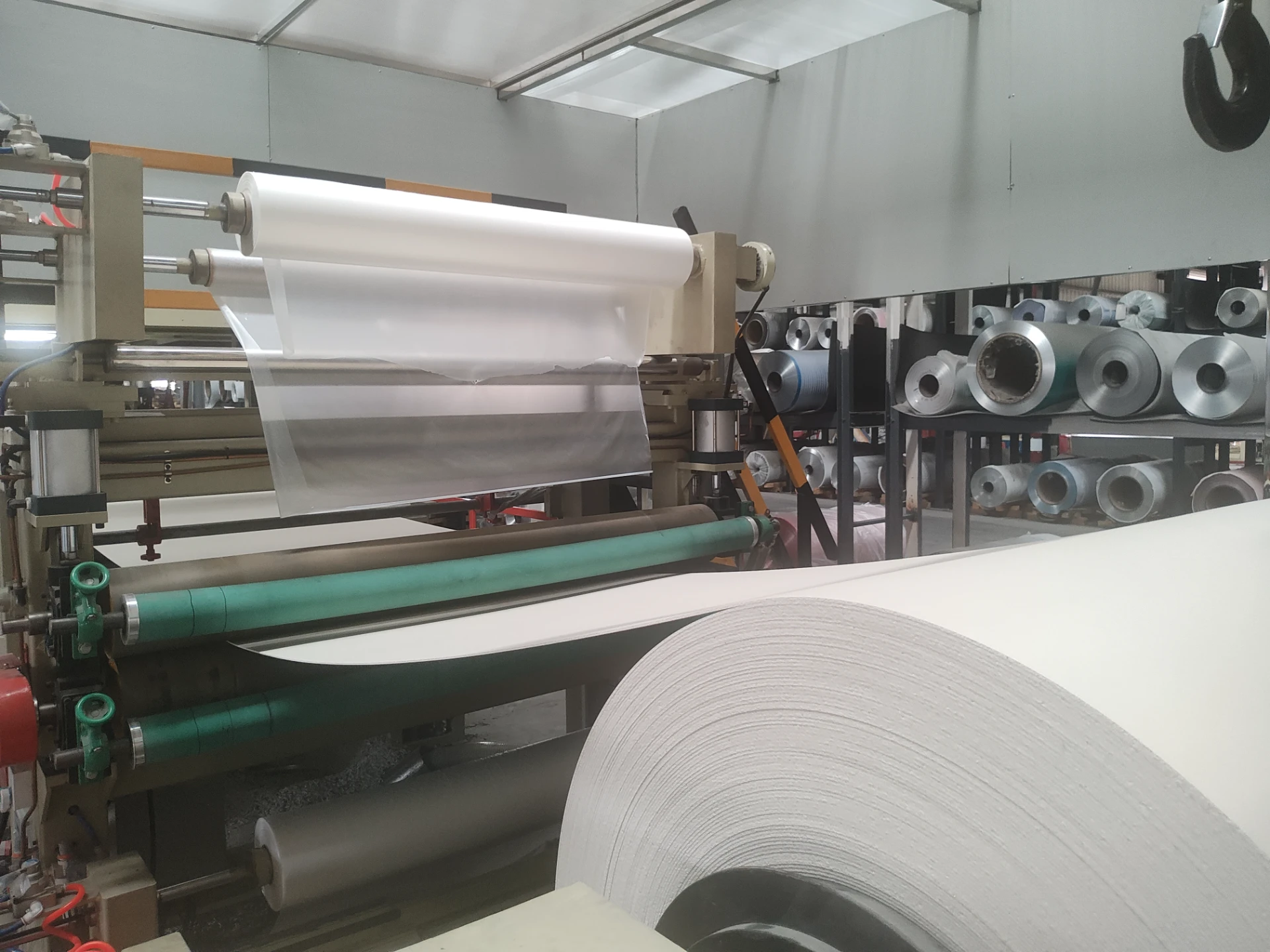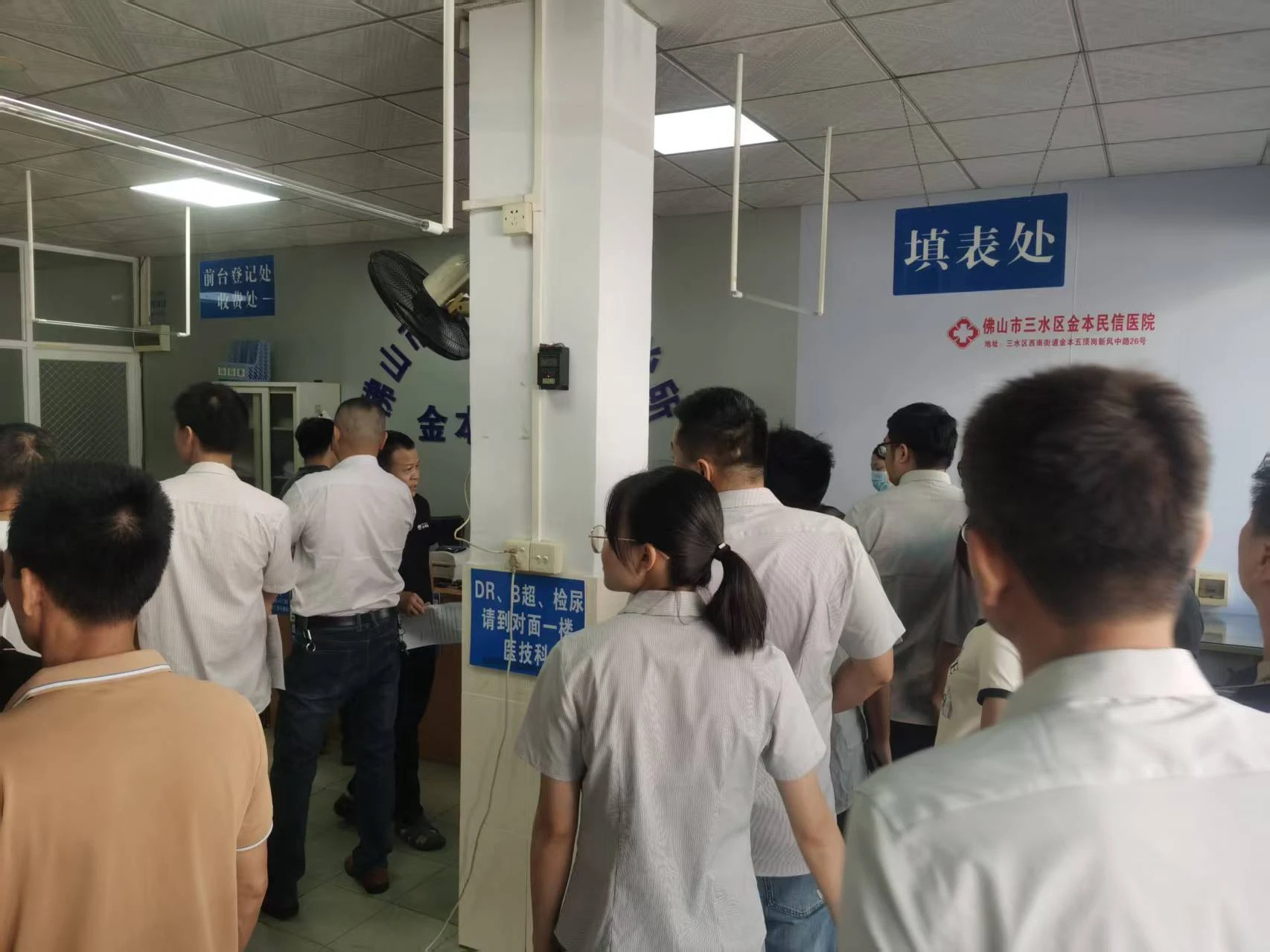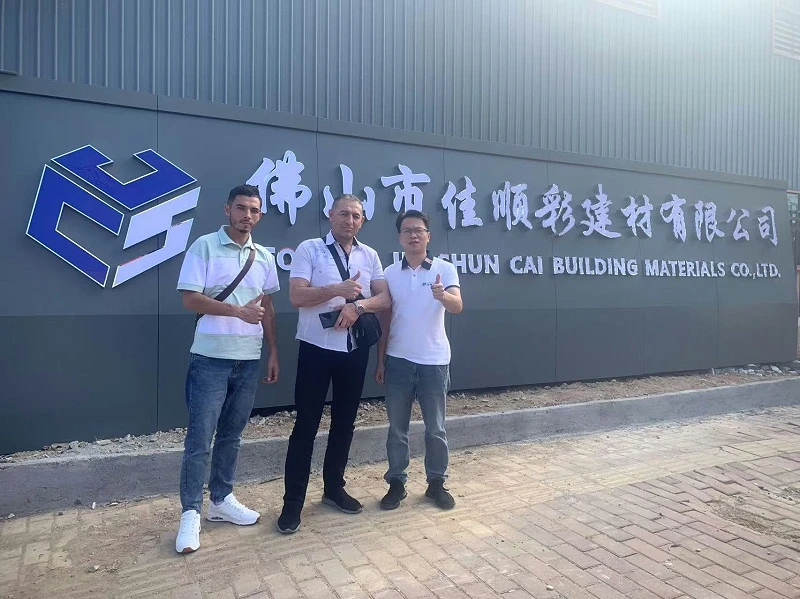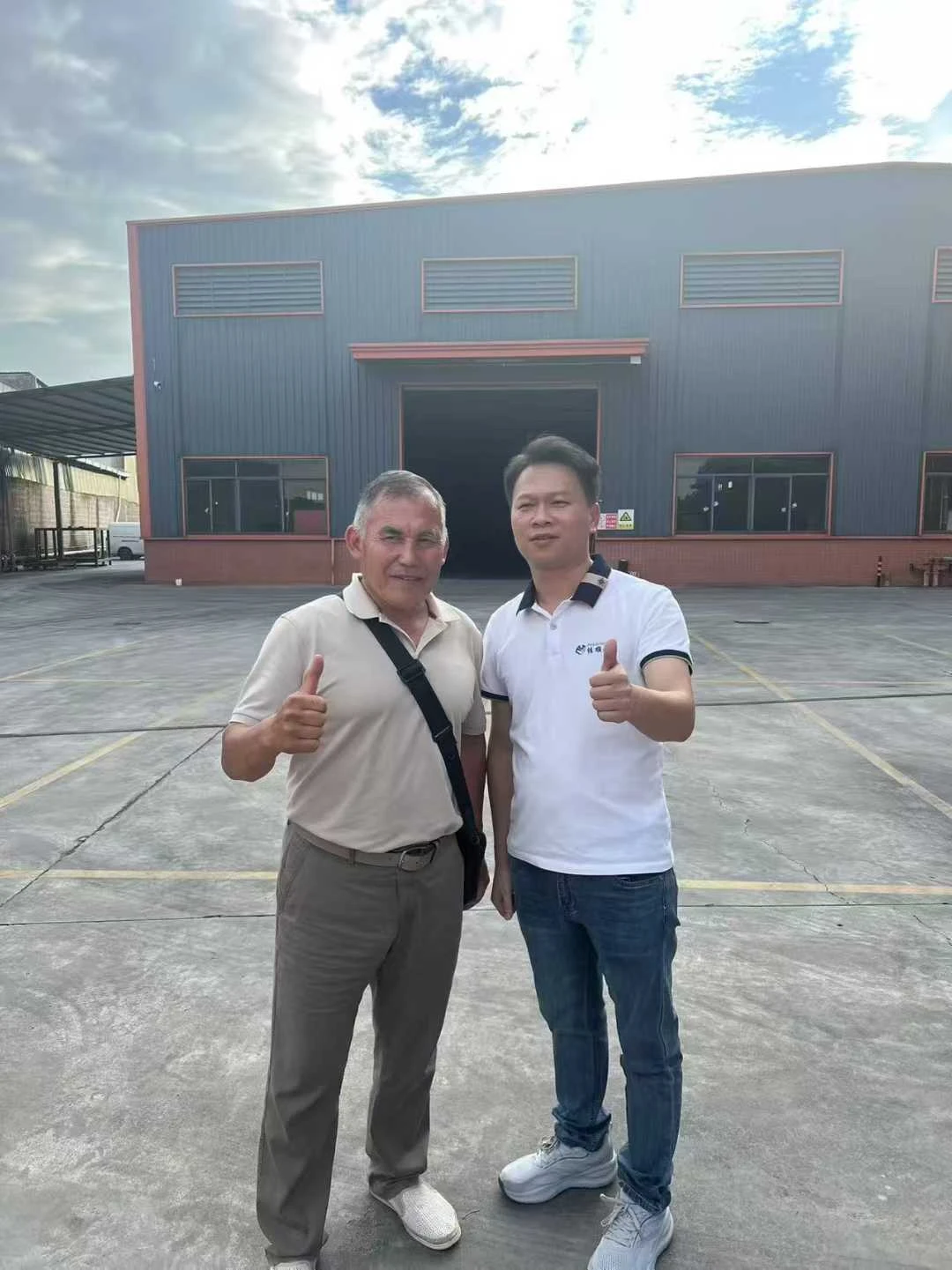Product Details
The Korean Ash Oak veneer accurately replicates the natural texture of ash oak wood using high-definition printing technology, presenting a low-saturation gray-brown tone that combines the warm texture of wood with the industrial performance of aluminum composite panels. Its surface is coated with fluorocarbon (PVDF) or polyester (PE), offering UV resistance and scratch resistance, suitable for both indoor and outdoor applications. The core layer of the aluminum composite panel is made of polyethylene or fire-resistant material (FR), weighing only one-fourth of natural wood, supporting complex shapes such as cutting and bending, and can be processed into curved facades or irregular ceilings. For example, 3mm thick Korean Ash Oak aluminum composite panels meet structural strength requirements while achieving a light and rhythmic facade. The surface does not release formaldehyde, and the core material can be added with flame retardants, meeting building fire protection standards (Class B1 and above), especially suitable for wall panels or ceiling decorations in public places. In exterior applications, continuous ash oak textures are formed through modular assembly of standard panels measuring 1220×2440mm, reducing the cold feel of metal. For instance, combining it with glass curtain walls on commercial buildings creates a visual hierarchy of 'hard and soft'. In interior spaces, ash oak aluminum composite panels are often used in restaurant and shop background walls, paired with matte metals or stones to create industrial or wabi-sabi aesthetic spaces. Their low-saturation tones enhance the tranquility of the space. Designers often use the cool gray tones of ash oak to echo Korean minimalism, such as simplifying traditional wooden architectural lines into modern wall panel joints or recreating the geometric rhythm of Korean house eaves through modular assembly in public spaces. In cafes, clothing stores, and other settings, half-height wall skirts or wall panels using ash oak patterns paired with glossy white skirting boards form a simple yet layered decorative interface. Schools and hospital corridors use ash oak aluminum composite panels to soften architectural boundaries, such as in Shenzhen's 'Hundred Schools Renewal' project, where it is used on children's activity area walls, balancing safety and natural touch.

